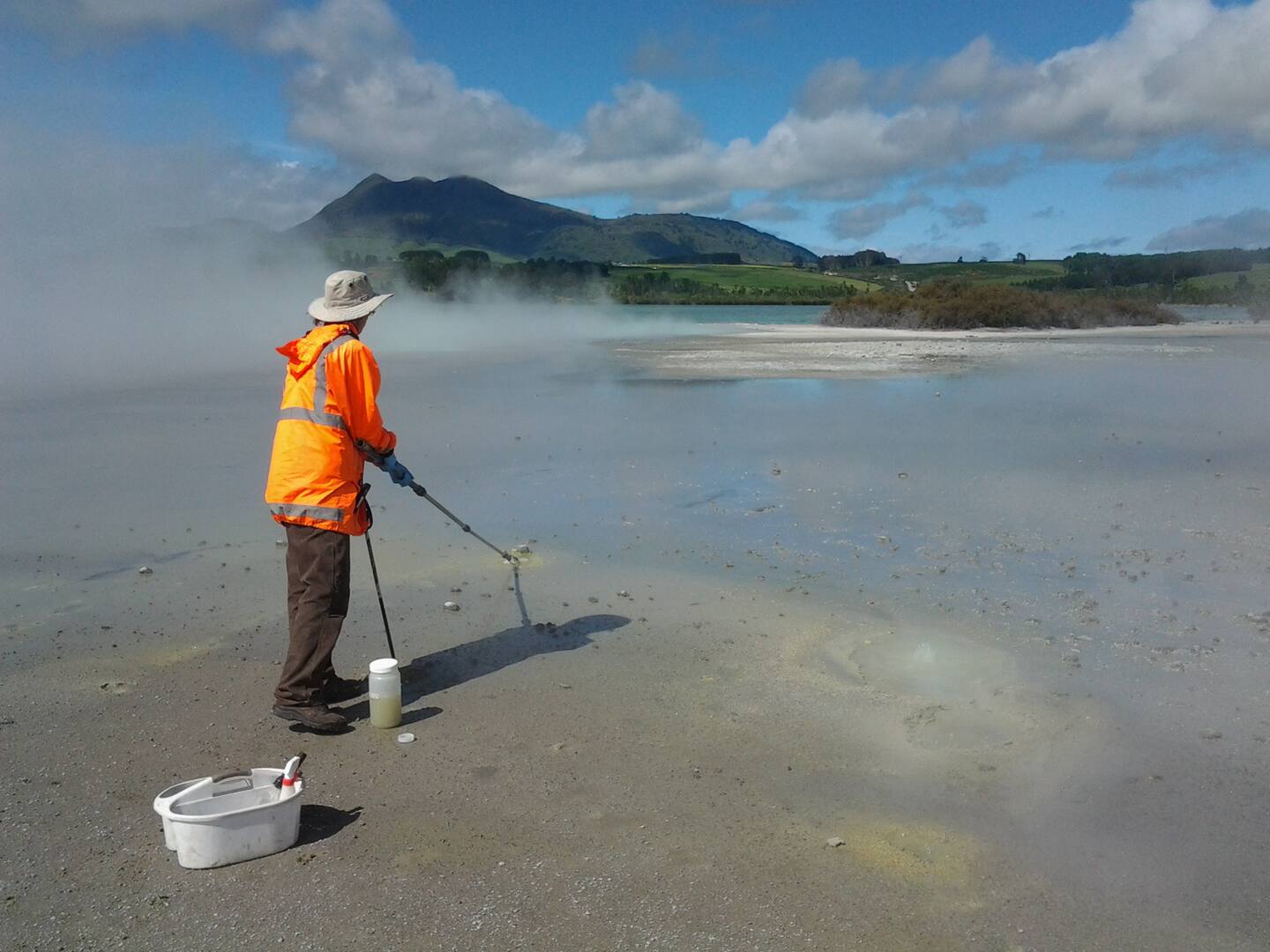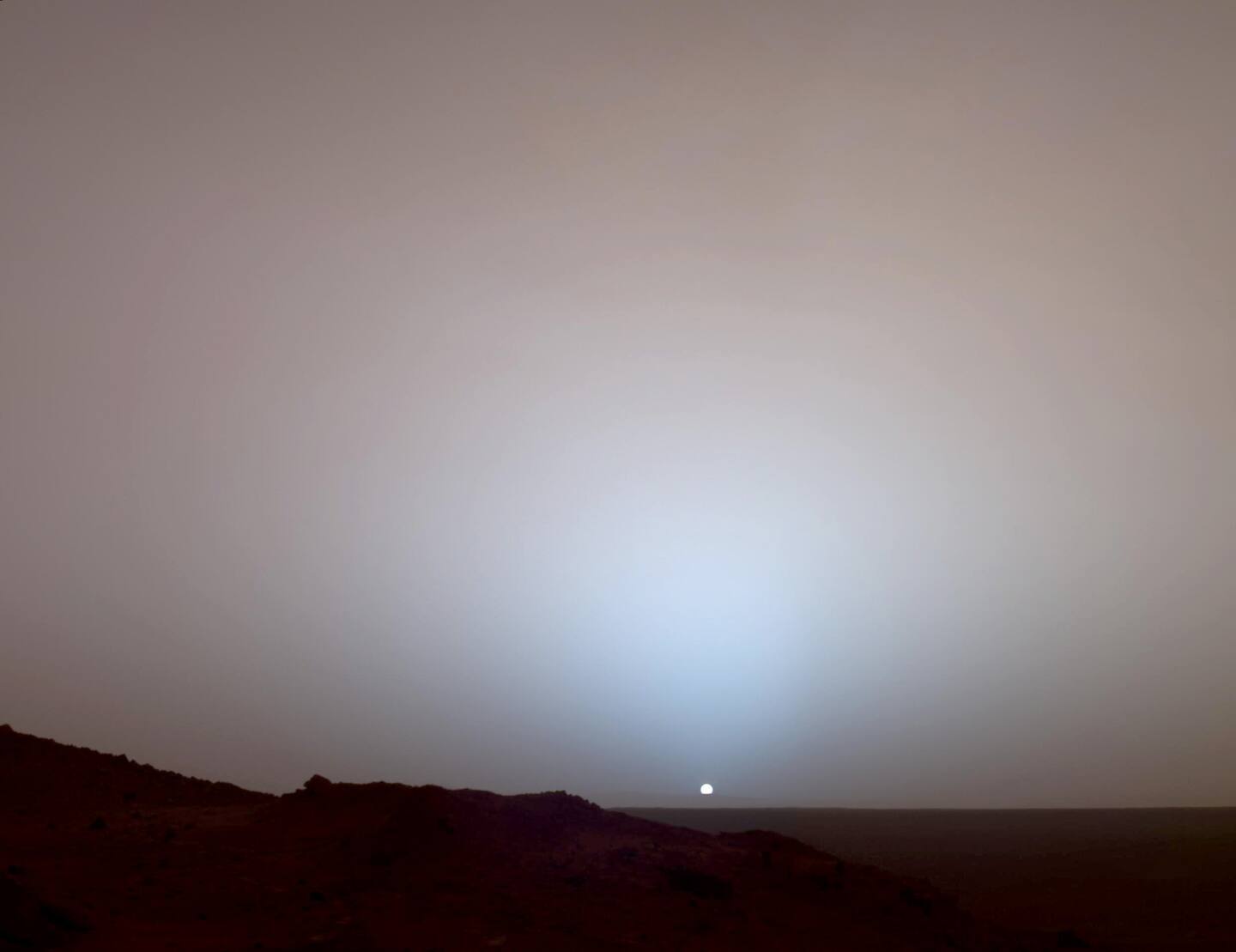New Zealand’s world-famous hot springs could help answer one of science’s biggest questions - was there ever life on Mars?
There’s tantalising evidence – from ancient river valleys to key chemicals unearthed in Martian rock - suggesting the planet was much more habitable than it is today.
While many studies have focused on the hunt for organic life, this material would have degraded over billions of years, back to a time when Mars was wetter and warmer than it is today.
That’s led scientists to turn to Earth’s hot spring environments – thought to be geologically similar to Martian silica identified by Nasa’s Spirit rover - to explore how certain tell-tale traces might have been preserved.
University of Auckland astrobiologist Professor Kathy Campbell said Earth and Mars shared similar early histories, including volcanism and running surface water.
This made our hot springs “ideal locations” to search for materials bearing signatures of microbial life, she said, so that they might eventually be compared with samples returned to Earth from Mars.
In a newly published study, scientists drew on deposits collected from the Rotokawa, Te Kopia and Ātiamuri geothermal systems, in the heart of the North Island, as well as others collected from Chile.

Scientists have been learning much from microbes within Rotokawa's geothermal area, pictured. Photo / Supplied
At the Australian Synchrotron in Melbourne, the researchers used cutting-edge techniques to map the chemistry of the micro-organisms within the materials, at unprecedented scale.
The study’s lead author, geochemist Associate Professor Michael Rowe of the University of Auckland, said this analysis also enabled the team to learn more about the environments in which they were stored over millions to billions of years.
Their results suggested that at least some microbes in hot springs could concentrate different elements around themselves.
“This serves as a chemical ‘fingerprint’ of life long after other obvious evidence, like an organic carbon signature, has been wiped away through time,” Rowe said.
One element in particular – gallium, a common component in electronics – proved to be the most reliable chemical indicator of micro-organisms.
“The next stage of our research is understanding why,” Rowe said.
“It’s our hope that, when we are able to get Martian samples to Earth, this approach provides a new and powerful tool for identifying if life once existed on Mars.”
The study, published in the scientific journal Chemical Geology, marked the latest fascinating link between Kiwi researchers and the red planet.

A Martian sunset captured by the Nasa's rover Spirit on May 19, 2005. Scientists are turning to Earth’s hot spring environments – thought to be geologically similar to Martian silica identified by Spirit - to explore how certain tell-tale traces of Martian life might have been preserved. Photo / Nasa; JPL; Texas A&M; Cornell
Along with Campbell’s years of work, New Zealand scientists have been involved with testing protype mini-rovers in our volcanic valleys; simulating the Martian atmosphere for clues of life; and even running experiments to see if concrete could be made from Martian soil.
For scientists everywhere, Rowe said the fundamental questions about past or present microbial life on the planet – where Nasa hoped to send crewed missions to by the 2030s – still lingered.
“While this study investigates a new approach to looking for life, there are still a lot of unknowns and assumptions that go into this work,” he said.
“It is only through careful investigations such as this that we can create a picture of what early life might have looked like on Mars, Earth, or elsewhere - and the mechanisms by which it may have flourished.”
After billions of years, that evidence is still waiting for a future mission to come and pick it up and send it back to Earth.
Jamie Morton is a specialist in science and environmental reporting. He joined the Herald in 2011 and writes about everything from conservation and climate change to natural hazards and new technology.
Take your Radio, Podcasts and Music with you









